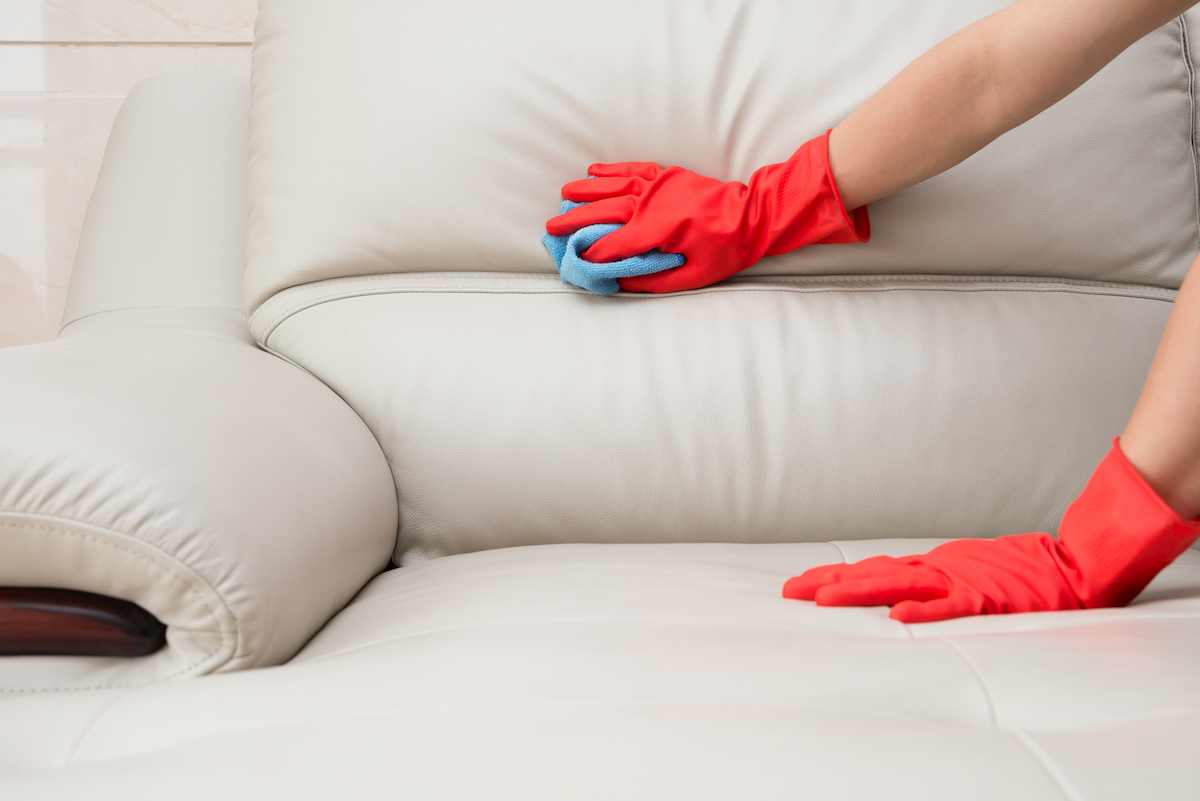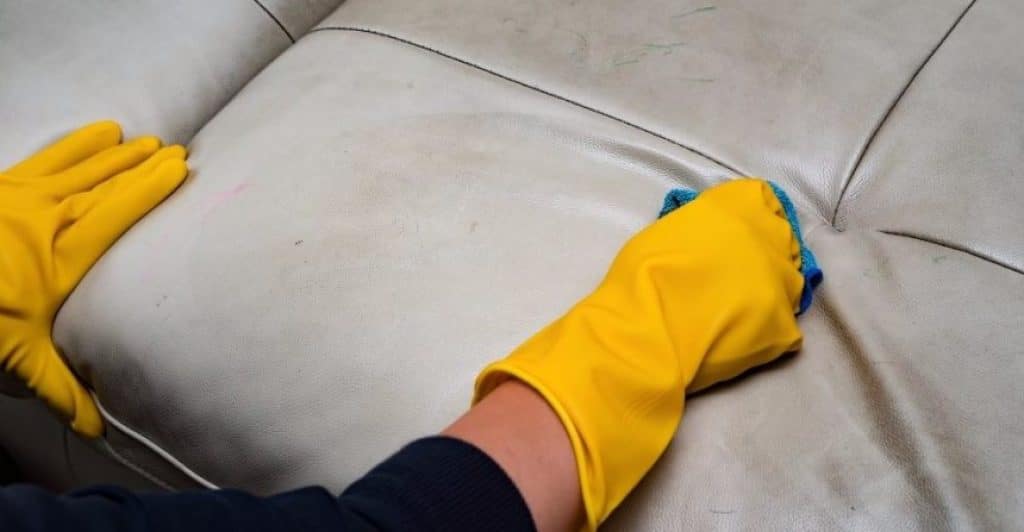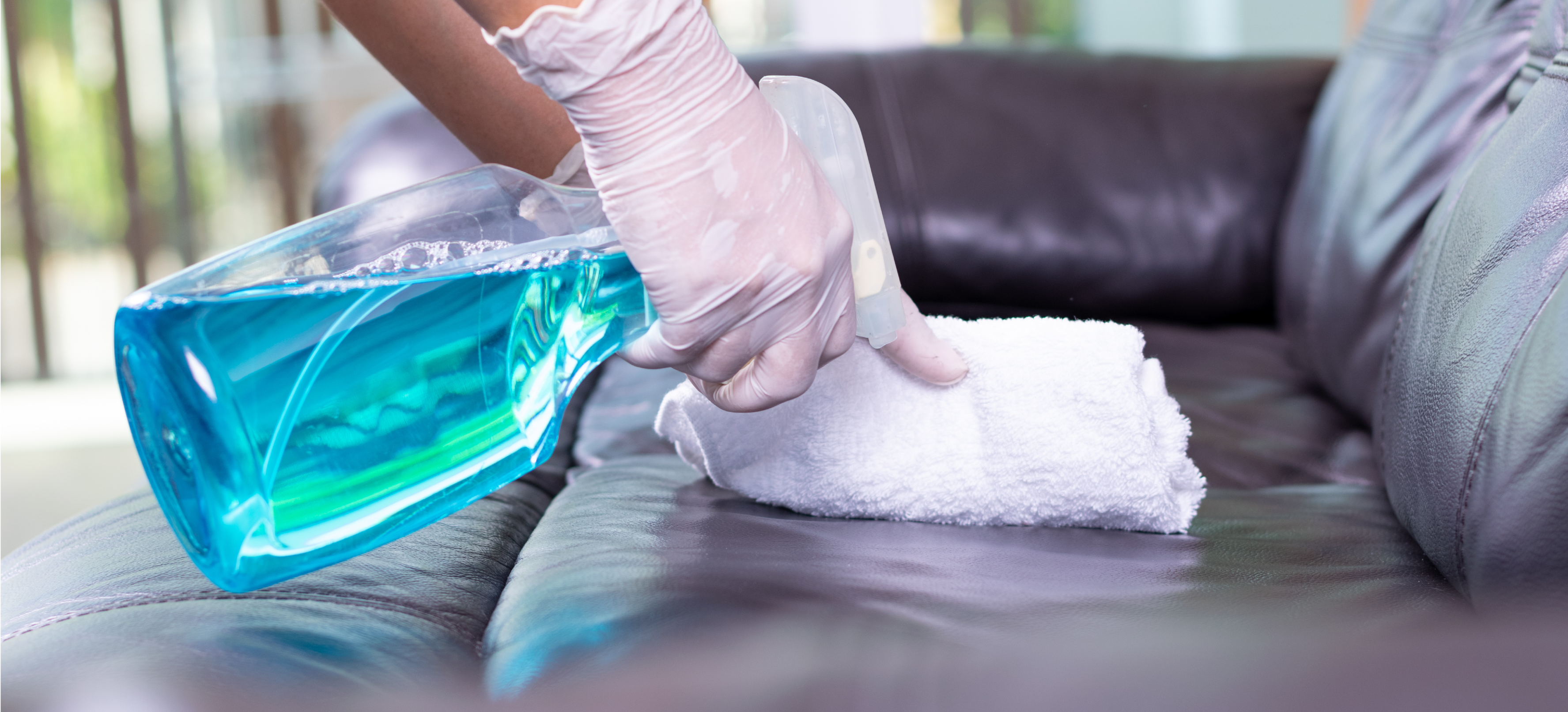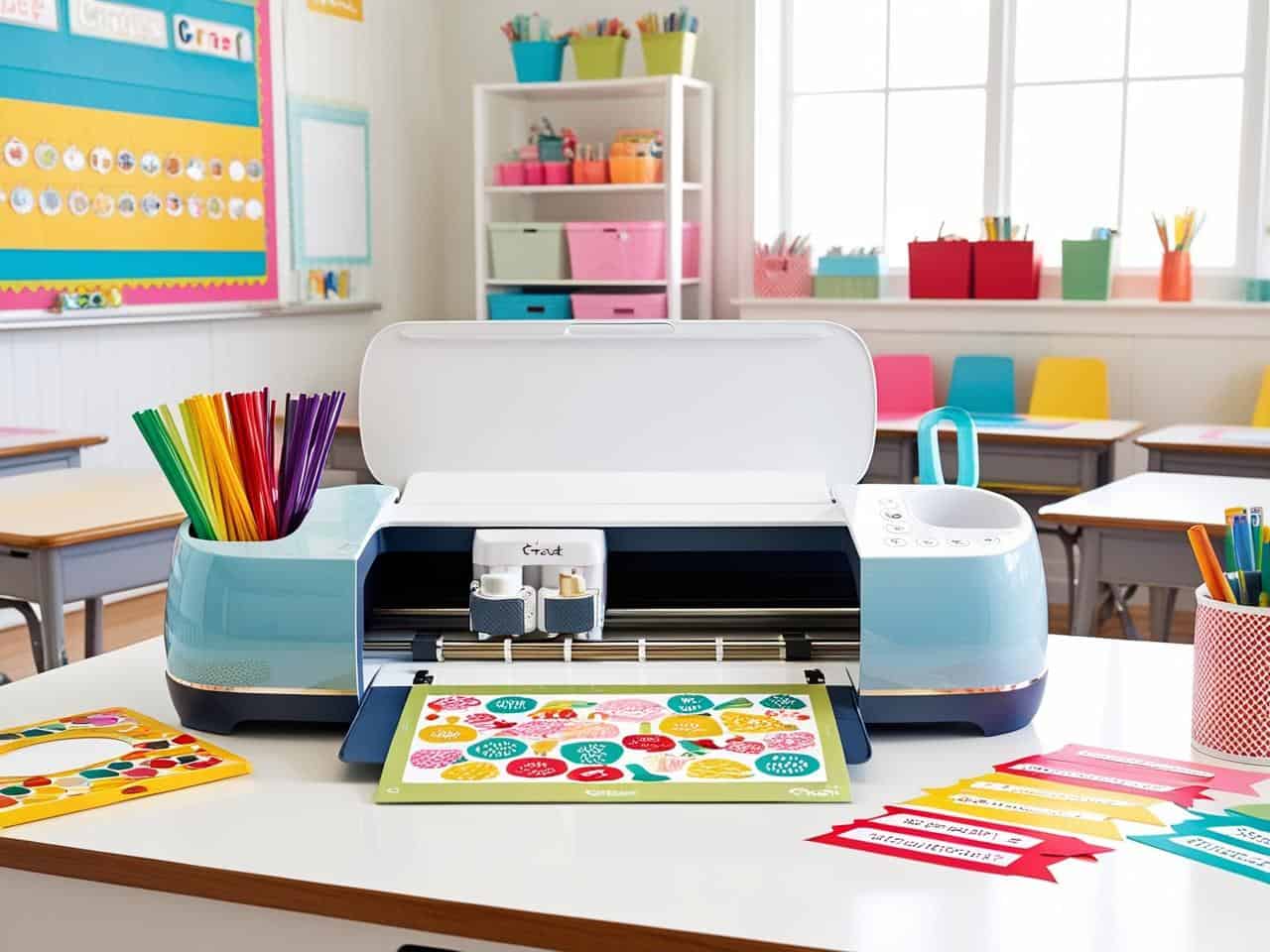A recliner is a beloved piece of furniture that provides comfort and relaxation. However, regular use can lead to dirt, stains, and odors accumulating on its surface. Cleaning your recliner is essential for maintaining its appearance and ensuring a clean living space. Our article guides you through how to clean a recliner, from removing debris to treating specific stains and refreshing the upholstery. Whether you have a fabric or leather recliner, these cleaning tips and techniques will help you restore its beauty and extend its lifespan.
What To Consider Before Cleaning a Recliner
Before cleaning a recliner, several factors must be considered to ensure a successful and safe cleaning process. These considerations include the recliner’s material, manufacturer’s instructions, existing stains or damage, and the appropriate cleaning method and products.
1. Recliner Material
Identify the material of the recliner, such as leather, fabric, microfiber, or synthetic blends. Different materials require different cleaning approaches and products. Please read the manufacturer’s instructions or consult their website for guidelines to avoid damaging the recliner during cleaning.
2. Existing Stains or Damages
Assess any existing stains, spills, or damage on the recliner. Pre-treating or addressing these issues before cleaning will improve the overall outcome. Some stains may require specialized cleaners or professional assistance.
3. Cleaning Method
Consider the cleaning method suitable for the recliner’s material. Vacuuming to remove dust and debris is typically the first step for fabric recliners. Spot cleaning or steam cleaning may be necessary for specific stains. Leather recliners may require gentle cleaning with a mild soap or leather cleaner, followed by conditioning to maintain the material’s quality.
4. Products and Supplies
Always test any cleaning method or product on a small, inconspicuous area of the recliner before proceeding to ensure it doesn’t cause discoloration or damage.
Lastly, gather the appropriate cleaning supplies, such as a vacuum cleaner, soft brushes, mild detergent, microfiber cloths, and any recommended upholstery cleaners or conditioners.
How Often Should One Clean Upholstered Chairs?
The frequency of cleaning an upholstered chair depends on its use and level of dirt accumulation. Generally, vacuuming the chair is recommended to remove surface debris and dust. For deeper cleaning, consider doing it once every 6 to 12 months or as needed to maintain its cleanliness and condition.
A Step-By-Step Guide To Cleaning a Recliner
1. Preparing For Cleaning
Before you begin the cleaning process, gathering the necessary tools and supplies is important. Here are the items you will need to clean a recliner;
- A vacuum cleaner with upholstery attachments
- Soft-bristled brush or lint roller
- Mild detergent or upholstery cleaner (specifically formulated for fabric or leather)
- Distilled water
- White vinegar or rubbing alcohol (optional)
- Clean the microfibre cloth or sponges
- Bucket or spray bottle
Start by removing any cushions, pillows, or throws from the recliner. This makes it easier to clean the surfaces. If debris like crumbs or pet hair is loose, use a vacuum cleaner with upholstery attachments to gently suction them away. Use a soft-bristled brush or an electric lint remover to lift stubborn pet hair off the fabric or leather.
2. Cleaning Fabric Recliners
Fabric upholstered chairs require a different approach than leather recliners. Here’s how you can clean fabric recliners effectively:
1. Check the manufacturer’s instructions: Read the care label on your recliner to determine if there are any specific cleaning instructions or restrictions.
Image Credits: ariel.in
2. Spot test: Before applying any cleaning solution to the fabric, perform a spot test in a small area to ensure it doesn’t cause discoloration or damage. Wait for the tested spot to dry completely and check for adverse effects.
Image Credits: thespruce.com
3. Remove stains: For common stains like food, drink, or ink, start by blotting the stain gently with a clean, damp cloth. Don’t rub, as it may spread the stain. Apply mild detergent or upholstery cleaner to a clean cloth or sponge and blot the stain again for tough stains. Work from the outer parts of the recliner toward the center so as not to spread the stain. Rinse the area with distilled water and blot it dry.
4. Clean the entire surface: Once the stains are removed, mix a small amount of mild detergent or a solvent-based upholstery cleaner with water in a bucket or spray bottle. Dip your sponge or cleaning cloth in the solution and scrub the fabric gently in circular motions. Avoid saturating the fabric excessively. Rinse it frequently and change the cleaning solution as needed. Finally, wipe the recliner with a clean, damp cloth to remove any residue, then blot it dry with a towel.
5. Deodorize: To eliminate odors, sprinkle baking soda or a dry cleaning solvent over the fabric and let it sit overnight. Vacuum the baking soda to remove any residual odor.
3. Cleaning Leather Recliners
Leather furniture requires a specific cleaning approach to preserve its natural beauty. Follow these steps to clean a leather recliner:
1. Check the manufacturer’s instructions: Review the care label or manual to ensure you use the appropriate cleaning products and techniques for your leather type.
2. Remove surface dirt:
Image Credit: reclinerland.com
Wipe the leather recliner with a dry cloth or vacuum cleaner to remove loose dirt and debris.
3. Prepare a cleaning solution: Mix a small amount of mild detergent or leather cleaner with warm water in a bucket.
Image Credits: diypassion.com
Alternatively, you can use the best steam cleaner for couches or a commercial leather cleaning product specifically formulated for your leather type.
4. Test the cleaning solution: Before applying it to the entire recliner, test it on a small, inconspicuous area.
Image Credits: reclinerland.com
Apply some solution to a sponge and test it on the leather. Check for any adverse reactions or color fading.
5. Clean the recliner: Dip a clean sponge into the cleaning solution, wring out any excess liquid, and gently wipe the leather in circular motions.
Image Credits: urbanladder.com
Pay attention to any stained or soiled areas, applying slightly more pressure if necessary. Rinse the cloth frequently and change the cleaning solution as needed. Avoid using excessive water or soaking the leather. Once cleaned, wipe the recliner with a clean, damp cloth and remove any residue, and then air dry it thoroughly with a paper towel.
6. Conditioning and protection: After cleaning, apply a leather conditioner to nourish the leather and restore its suppleness. Additionally, consider applying a leather protectant to create a barrier against future stains and spills.
General Advice For Cleaning Recliner Chairs and Sofas
When cleaning recliner chairs and sofas, remember a few general tips.
- Check the manufacturer’s instructions for any specific cleaning recommendations.
- Start by vacuuming the upholstery for routine maintenance to remove loose dirt and debris.
- Use a gentle upholstery cleaner suitable for the fabric type, and spot-test it in an inconspicuous area before applying it to the entire upholstery.
- Gently scrub any stains using a soft brush or cloth.
- Avoid using excessive water to prevent over-saturation and potential damage.
- Allow the furniture to fully dry in direct sunlight before using it again.
Conclusion
Regular cleaning and maintenance of your recliner helps to keep it looking its best and ensures its longevity. Following the couch cleaning hacks outlined above, you can effectively clean fabric and leather recliners, removing stains, eliminating odors, and restoring their appearance. Always check the manufacturer’s instructions and perform spot tests before using any cleaning solutions. With proper care, your recliner will continue providing comfort and relaxation for years.



















